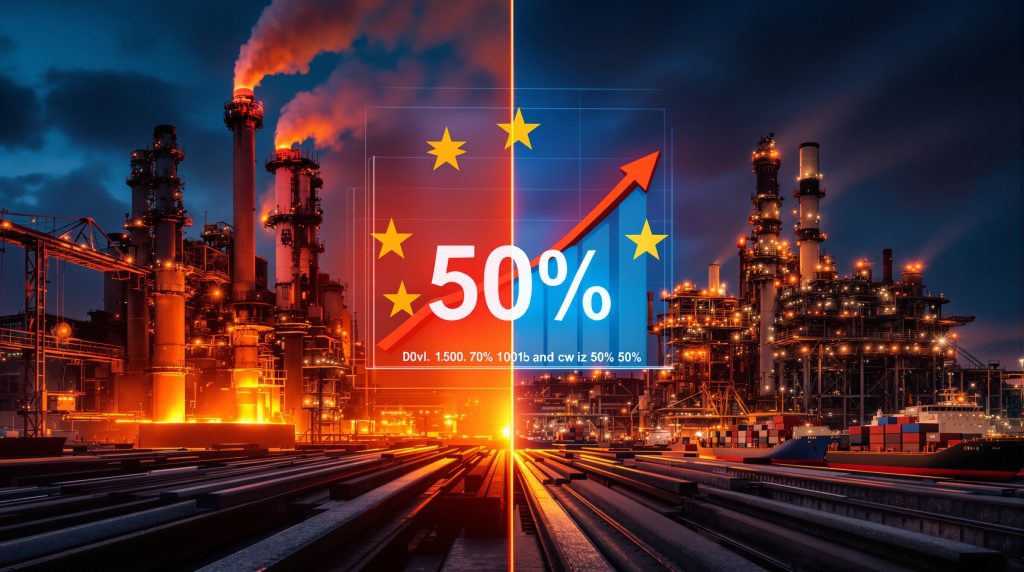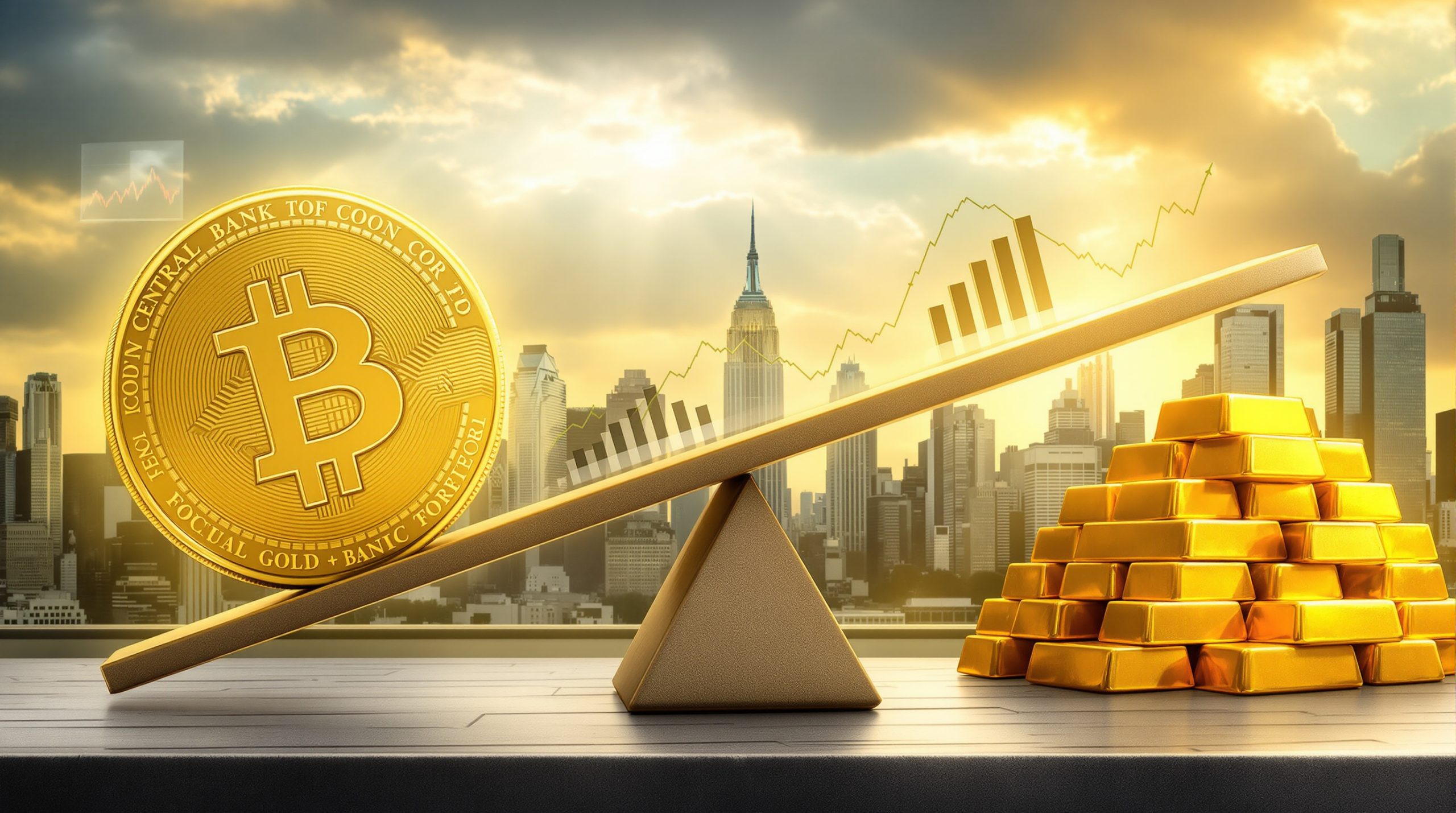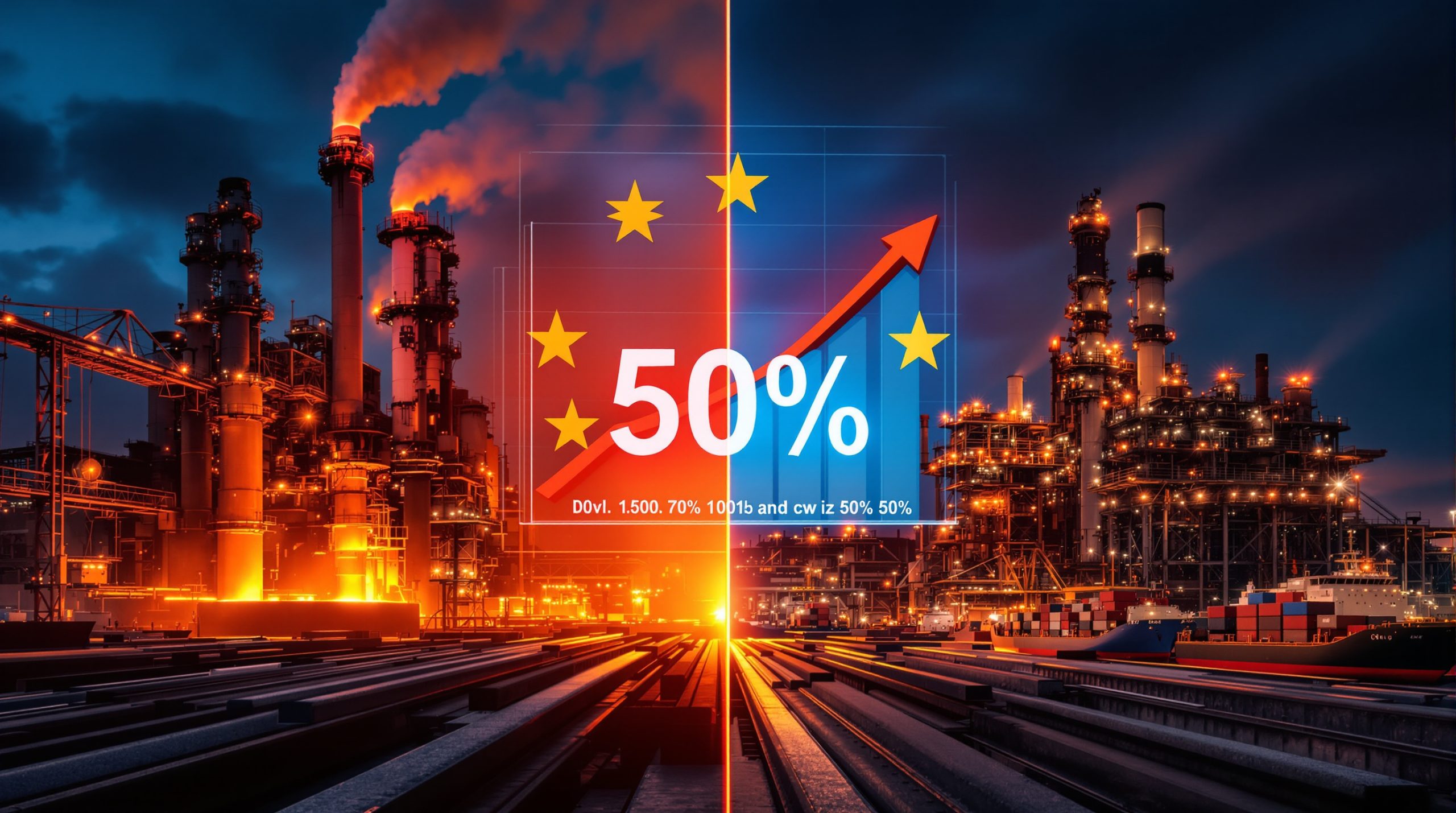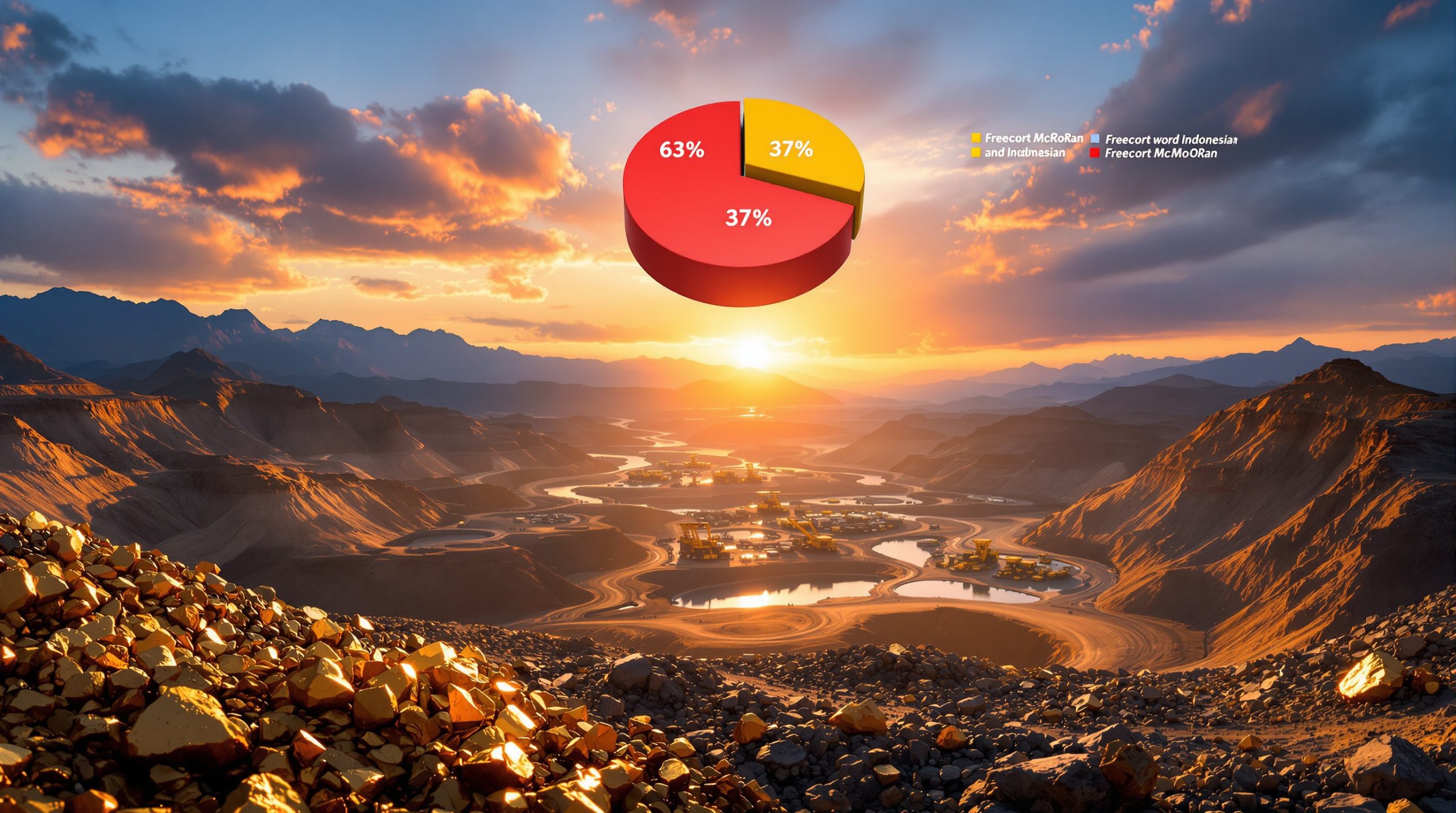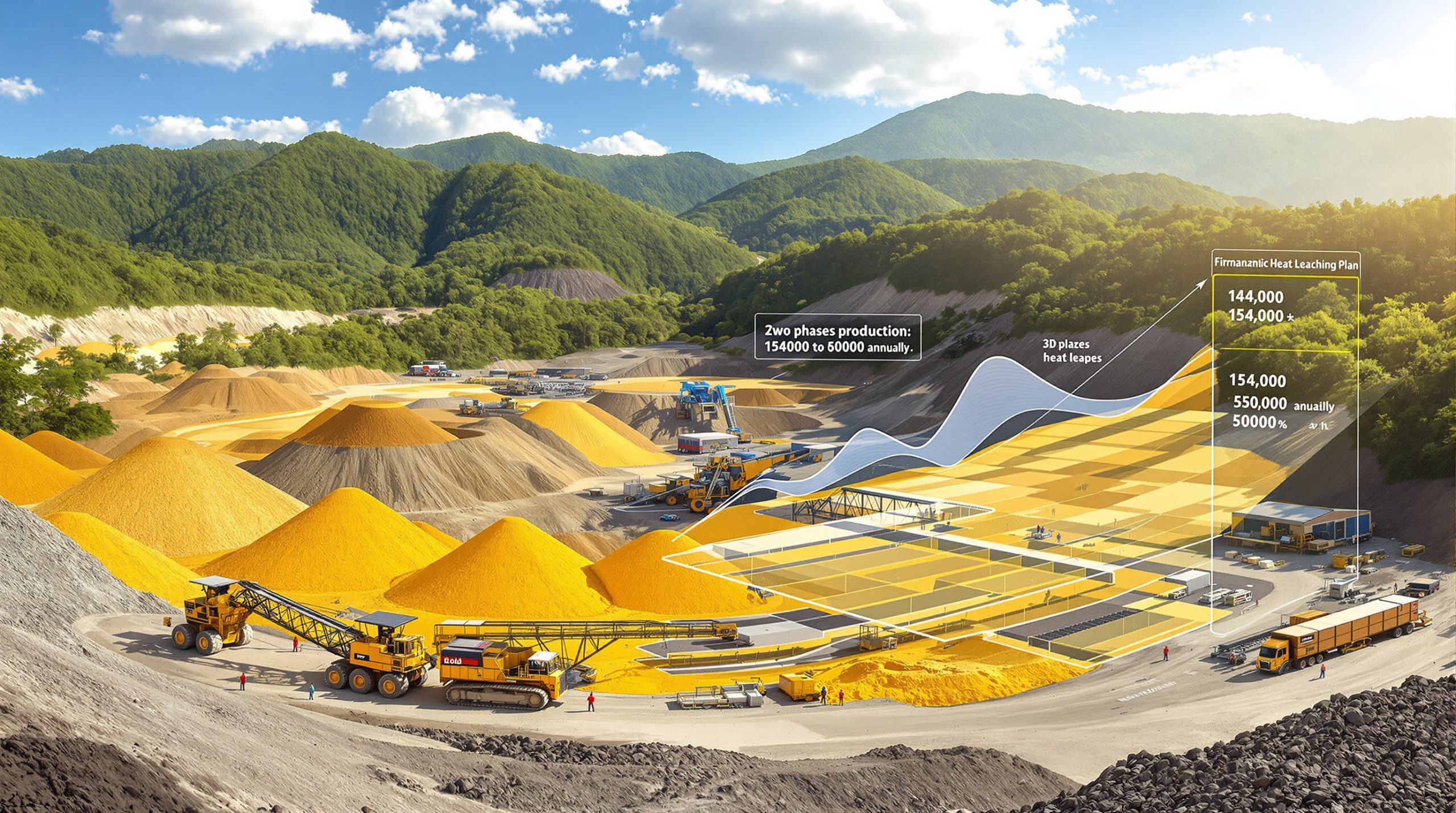EU Steel Import Quotas and Tariff Increases: A Comprehensive Analysis
The European Commission is poised to implement significant changes to its steel import regulations, with plans to reduce quotas by approximately 50% and increase tariffs on excess volumes to 50%. These strategic shifts represent a pivotal development in global trade policy and signal the EU's determination to protect its domestic steel industry amid intensifying international competition and market pressures.
Key Policy Changes Coming in October 2025
The European Commission's upcoming steel protection package, set to be announced on October 7, 2025, contains several substantial changes to current import regulations:
- Reduction of steel import quotas by nearly 50%, responding to industry concerns about overcapacity
- Increase in tariffs on volumes exceeding quotas from 25% to 50%, aligning with similar measures in North America
- Coordinated approach with Western allies to address global steel overcapacity issues
- Implementation timeline beginning shortly after the October announcement
These measures represent the EU's most aggressive steel protection strategy in recent years, reflecting growing concerns about the sustainability of European steel production in the face of global competition.
Why Is the EU Implementing These Protective Measures?
The Global Overcapacity Crisis
The European steel industry faces unprecedented challenges from global overcapacity, particularly from heavily subsidized production in certain regions. According to the Organisation for Economic Co-operation and Development (OECD), global steel overcapacity will reach a staggering 721 million metric tons by 2027 if current trends continue.
This overcapacity crisis has created significant market distortions, with European producers struggling to compete with imports that benefit from government subsidies, lower environmental standards, and other competitive advantages. European steel association Eurofer reports that current import quotas are 26% above original levels, while domestic demand has actually declined.
The International Steel Statistics Bureau (ISSB) notes that Chinese steel production capacity has increased by approximately 15% since 2020, despite global efforts to reduce overcapacity. This expansion has contributed significantly to market imbalances affecting European producers.
EU Steel Industry Challenges
The European steel sector employs over 330,000 people directly and supports an estimated 2.6 million jobs indirectly. However, the industry faces multiple existential challenges:
- Declining domestic demand creating pressure on European producers' profit margins
- Current safeguards set to expire in mid-2026 under WTO rules, creating regulatory uncertainty
- Competition from imports that don't face equivalent environmental compliance costs
- Need to invest in decarbonization while maintaining competitiveness
Henrik Adam, president of European steel association Eurofer and vice president of Tata Steel, has indicated that EU officials understand industry concerns, noting during a recent press conference that Stephane Sejourne, the Commission's executive vice president for industrial strategy, had "reassured attendees their message had been understood."
How Do These Measures Compare to International Standards?
Global Steel Protection Landscape
The EU's new approach to steel import protection aligns with an emerging international consensus among Western economies. Currently, the US tariffs on industries applies 50% tariffs on steel imports from the very first ton, a policy implemented under President Trump's administration earlier in 2025. Similarly, Canada has aligned with the US approach, implementing comparable 50% tariff structures.
The EU's approach differs somewhat, maintaining a quota system that allows a certain volume of imports at standard tariff rates before applying the higher 50% tariffs to excess volumes. This hybrid approach attempts to balance protection of domestic producers with access to necessary imports for steel-consuming industries.
| Country/Region | Base Protection | Enhanced Protection | Implementation Approach |
|---|---|---|---|
| European Union | Quota system | 50% tariffs on excess volumes | Phased implementation starting October 2025 |
| United States | 50% tariffs | N/A | Applied from first ton imported |
| Canada | 50% tariffs | N/A | Aligned with US approach |
| United Kingdom | Under review | Under review | Expected to align with EU |
| Japan | Monitoring system | Anti-dumping measures | Case-by-case approach |
The coordinated approach among Western economies represents an unprecedented level of alignment in industrial policy, reflecting shared concerns about market distortions and overcapacity in global steel markets.
What Are the Broader Strategic Implications?
EU-US Trade Relations
The new steel import system could significantly improve EU-US trade relations, potentially facilitating negotiations to replace current US tariffs with a quota system similar to the EU approach. According to trade policy analysts, the EU-US relationship on steel has been strained since the US implemented comprehensive steel tariffs, but the EU's move toward stronger protection measures creates new opportunities for coordination.
EU trade chief Maros Sefcovic met with US Trade Representative officials in Asia recently to advance these discussions, building on the framework outlined in the July 2025 US-EU agreement. That agreement established the groundwork for a potential resolution to transatlantic steel trade tensions through a coordinated approach to addressing shared concerns about subsidized production.
Industry analysts suggest that alignment between the EU and US approaches could create a more unified Western response to global steel overcapacity issues, potentially increasing leverage in international forums.
Industrial Strategy Considerations
The steel protection measures represent a key component of the EU's broader industrial strategy. Stephane Sejourne, the Commission's executive vice president for industrial strategy, has led this initiative, positioning it within the context of the EU's industrial competitiveness agenda.
The European steel industry has pushed strongly for these measures, with industry associations arguing that they are essential not just for economic reasons but also for environmental and strategic concerns:
- Protecting domestic producers with higher environmental standards helps prevent "carbon leakage"
- Maintaining strategic production capacity for critical infrastructure and defense applications
- Supporting the transition to greener steel production technologies
- Preserving specialized technical knowledge and skills within the European workforce
These measures reflect a growing recognition that industrial policy must balance traditional trade liberalization principles with strategic economic interests, particularly in sectors facing significant international competition and market distortions.
What Additional Measures Is the EU Considering?
Expanding Protective Framework
Beyond the core steel import quota and tariff changes, the European Commission is investigating additional protective measures for related sectors:
- Potential aluminum safeguards to address similar overcapacity concerns in that market
- Consideration of export duties on scrap metal to retain valuable resources within the EU
- Comprehensive review of critical raw materials policies to ensure supply chain security
- Enhanced monitoring systems for circumvention of trade measures
The Commission is also exploring targeted support for research and development in green steel technologies, which could help European producers gain competitive advantages through innovation while meeting climate goals.
Legal and Regulatory Framework
The EU is designing these new protective measures to comply with World Trade Organization (WTO) regulations, particularly the Agreement on Safeguards. Current safeguards are set to expire in mid-2026 per WTO rules, which limit the duration of such emergency trade restrictions.
Trade law experts note several challenges in designing compliant measures:
- Demonstrating that increased imports are causing or threatening serious injury to domestic industry
- Ensuring measures are temporary and progressively liberalized
- Providing adequate compensation to affected trading partners
- Designing measures that don't discriminate between different sources of imports
The European Commission's legal team is reportedly working closely with industry representatives to develop an approach that balances protection with international obligations, though some trade lawyers anticipate potential challenges through WTO dispute settlement mechanisms.
How Might Trading Partners Respond?
Potential International Reactions
The EU's new steel protection measures could trigger various responses from affected trading partners:
- Countries heavily dependent on steel exports to the EU may seek exemptions or special considerations
- Major steel producers might redirect exports to other markets, potentially creating pressure in those regions
- Some trading partners could implement retaliatory measures on EU exports
- WTO challenges are likely from countries that believe the measures exceed what's permitted under trade rules
Historical precedent suggests that major steel-exporting countries typically respond to import restrictions with a combination of diplomatic pressure, legal challenges, and market adaptation strategies.
Diplomatic Considerations
The timing of these measures is particularly sensitive given broader geopolitical tensions. EU-China relations are already strained over various trade and human rights issues, and these measures will likely be perceived as targeting Chinese steel exports among others.
At the same time, the US–China trade war effects and EU-US coordination signals Western alignment on industrial policy, which could strengthen the EU's negotiating position in multilateral forums. The G20, OECD Steel Committee, and Global Forum on Steel Excess Capacity may become key venues for addressing tensions resulting from these measures.
Trade diplomacy experts suggest that the EU will likely emphasize the exceptional circumstances justifying these measures, particularly highlighting the unprecedented scale of global overcapacity and the threats to the long-term viability of European steel production.
What Does This Mean for Global Steel Markets?
Market Impact Analysis
Industry analysts anticipate several potential market impacts from the EU's new steel protection measures:
- Possible price increases for steel products within European markets, particularly for grades with limited domestic production
- Redistribution of global steel trade flows as exporters seek alternative markets for volumes that previously entered the EU
- Acceleration of industry consolidation within the EU as producers adapt to the new market conditions
- Increased focus on production efficiency and specialization among European producers
The World Steel Association projects that these measures could reduce EU steel imports by 12-18 million metric tons annually, significantly altering trade patterns established over the past decade.
Supply Chain Implications
The ripple effects through supply chains could be substantial:
- Downstream industries using steel inputs may face higher costs and potential supply constraints
- Construction and automotive sectors, which together account for approximately 50% of EU steel consumption, are particularly vulnerable to price changes
- Companies may accelerate reshoring or nearshoring of manufacturing to circumvent import restrictions
- Supply chain diversification strategies are gaining importance as companies seek to mitigate risks
Manufacturing associations have expressed concerns about these potential impacts, noting that while they support a strong domestic steel industry, they also require competitive input costs to maintain their own global competitiveness.
How Will This Affect European Industries?
Sector-Specific Impacts
The effects of these measures will vary significantly across different sectors of the European economy:
- Steel Producers: Likely to benefit from reduced import competition, potentially enabling price increases and improved capacity utilization
- Automotive Manufacturing: Facing potential cost increases for specialized steel grades, though some may be partially offset through long-term supply contracts
- Construction: Potentially impacted by material price fluctuations, affecting project costs and timelines
- Machinery and Equipment: May face input cost pressures that could affect export competitiveness
European manufacturing competitiveness depends on balancing steel producer protection with the needs of steel-consuming industries, which typically employ more people and generate greater economic value-added than the steel sector itself.
Economic Considerations
Broader economic implications include:
- Potential inflationary pressure from higher steel prices, though limited by steel's relatively small share in overall consumer price indexes
- Employment protection in steel-producing regions, particularly important in areas with limited economic diversification
- Competitiveness concerns for steel-consuming industries that compete globally
- Strategic trade-offs between producer protection and consumer interests
Economic modeling by the European Commission suggests that these measures could preserve 25,000-30,000 jobs in the steel sector while potentially affecting 40,000-60,000 jobs in downstream industries, though with varying degrees of impact.
What Are the Environmental Implications?
Carbon Leakage and Climate Considerations
The environmental dimension of these trade measures is increasingly significant:
- European steel production generally has lower carbon intensity than many competing regions, with approximately 30% lower CO2 emissions per ton than the global average
- Import restrictions may help prevent "carbon leakage" where production shifts to regions with less stringent environmental regulations
- Alignment with the EU's Carbon Border Adjustment Mechanism (CBAM) objectives creates policy coherence
- Protection may provide breathing room for investments in green steel technologies
Climate policy experts note that protecting relatively clean European production while reducing imports from regions with higher carbon intensity could deliver net climate benefits, though this depends on the specific mix of products and sources affected.
"The steel protection measures should be viewed within the broader context of the EU's climate policy. Without addressing carbon leakage, we risk undermining our climate objectives while simultaneously harming our industrial base," notes a recent European Parliament briefing document.
The EU steel industry has committed to reducing its carbon emissions by 30% by 2030 and achieving carbon neutrality by 2050, ambitious goals that require substantial investment in new technologies and processes.
FAQ: EU Steel Import Restrictions
When will the new steel import quotas and tariffs take effect?
The European Commission is scheduled to announce the new package on October 7, 2025. Implementation will likely follow within 30-60 days, though some measures may be phased in gradually to allow market adaptation.
How do these measures align with WTO rules?
The EU is designing these measures to comply with WTO safeguard provisions, which allow temporary protection when increased imports cause serious injury to domestic industries. The measures include progressive liberalization elements and monitoring mechanisms to ensure compliance with WTO obligations.
Will certain countries be exempt from these restrictions?
While specific exemptions haven't been announced, previous EU trade measures have often included provisions for developing nations or strategic partners. Countries with free trade agreements with the EU may receive differentiated treatment, though specific details will only be confirmed in the October announcement.
How might these measures affect steel prices in Europe?
Industry analysts project potential price increases of 8-15% for commonly traded steel products in European markets, though impacts will vary significantly by product category and market segment. Long-term price effects will depend on how European producers respond to the changed competitive landscape.
What is the connection between these measures and climate policy?
The EU's steel protection measures align with broader climate objectives by potentially reducing "carbon leakage" – where production shifts to regions with less stringent environmental regulations. European steel production generally has a lower carbon footprint than many competing regions, making this alignment between trade and climate policy increasingly important.
How Can Businesses Adapt to These Changes?
Strategies for Steel Consumers
Companies that rely on steel inputs should consider several adaptation strategies:
- Review supply chains to identify potential vulnerabilities to quota or tariff impacts
- Explore long-term contracts with domestic suppliers to secure stable pricing
- Investigate alternative materials or design approaches where feasible
- Monitor developments in trade policy and prepare contingency plans
Industry associations recommend that companies begin scenario planning immediately rather than waiting for the official October announcement.
Opportunities for Innovation
The changed market dynamics may create new opportunities:
- Increased demand for steel recycling and scrap processing within the EU
- Acceleration of materials efficiency innovations to reduce steel intensity in products
- Growth in green steel development as producers invest in competitive advantages
- Potential for new business models focusing on circular economy principles
Innovation experts suggest that trade protection, while creating short-term challenges, often drives longer-term advances in technology and business models as companies adapt to new market realities.
Looking Ahead: The Future of Global Steel Trade
The EU's steel protection measures represent part of a broader realignment of global steel trade patterns. Several factors will shape the future landscape:
- Continued focus on overcapacity reduction through international forums and bilateral negotiations
- Integration of climate considerations into trade policy, potentially creating preferences for lower-carbon production
- Technological developments that may change competitive dynamics, particularly in green steel production
- Evolution of demand patterns, with potential regional variations in recovery and growth
Industry analysts suggest that we may be entering a new era of "managed trade" in steel, with greater government intervention and coordination replacing the more market-driven approach of recent decades.
For European steel producers, consumers, and policymakers, navigating this changing landscape will require careful balancing of multiple objectives: economic competitiveness, environmental sustainability, strategic autonomy, and international cooperation. The tariffs impact analysis indicates that the October 2025 measures represent just one step in what will likely be an ongoing process of adaptation to new global realities.
The effects on global commodity tariffs and iron ore trends will be closely watched by market participants, with potential for significant shifts in international trade patterns, according to Reuters' recent analysis of the European steel sector's future trajectory.
Interested in Trading on Market-Moving Mineral Discoveries?
Discovery Alert's proprietary Discovery IQ model delivers instant notifications on significant ASX mineral discoveries, helping investors identify high-potential opportunities before the broader market. Visit the Discovery Alert discoveries page to understand how these mineral discoveries can generate substantial returns for savvy investors.
